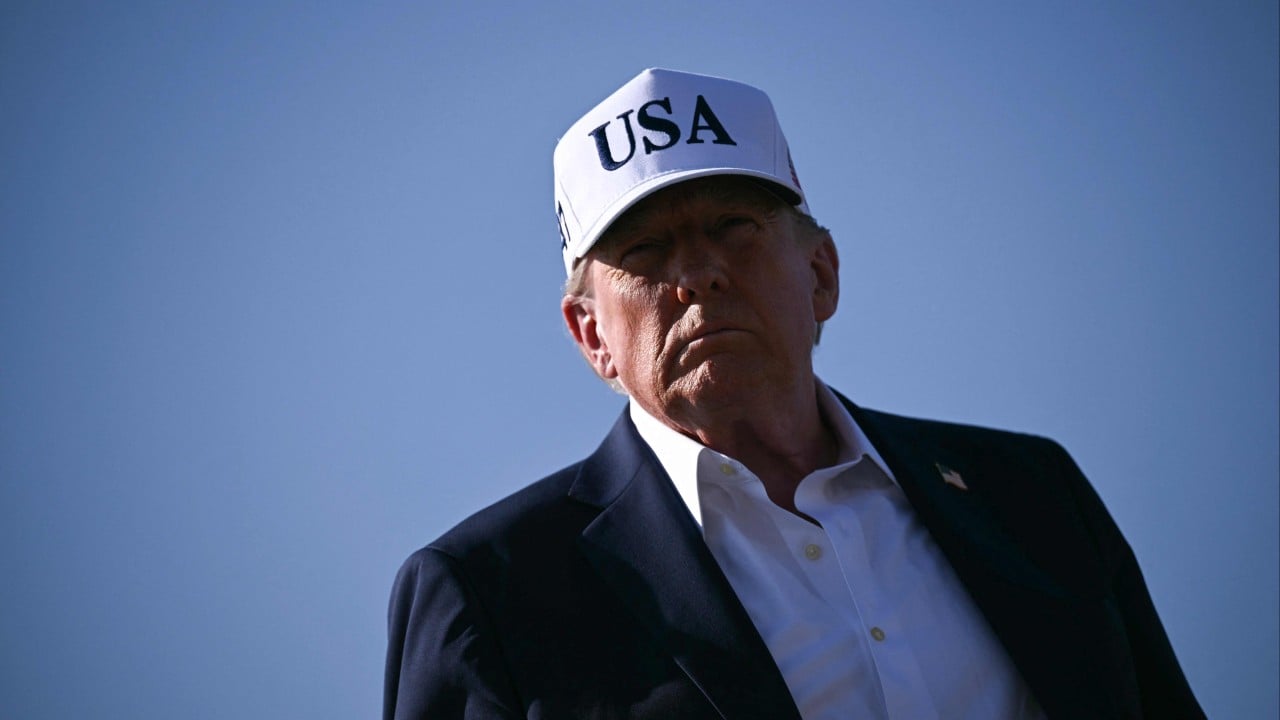Published: 6:00pm, 8 Jul 2025Updated: 6:39pm, 8 Jul 2025
When US President Donald Trump signed an executive order on Monday to extend a pause on “reciprocal” tariffs until August 1, it offered little comfort to China.
Advertisement
Instead, Beijing’s policymakers may feel increasingly cornered, as Washington also moved to target 14 countries – many of them China’s close trading partners – with tariffs of up to 40 per cent.
This came despite breakthrough talks in London that laid the groundwork to remove most bilateral export controls – from China’s rare earth restrictions to US aircraft engines and chips.
Analysts said the latest US tariff package was a calculated strategy to isolate China and strengthen Washington’s position in coming trade negotiations, as the 90-day trade truce agreed in May is set to expire in early August.
“Trump’s newly announced tariffs … are a continuation of this decoupling agenda,” said Xu Weijun, an assistant research fellow at the Institute of Public Policy at South China University of Technology.
Advertisement
“It’s both pressure and division: the message is clear – ‘cooperative’ countries like Vietnam get preferential treatment, while others face high tariffs,” he said.

